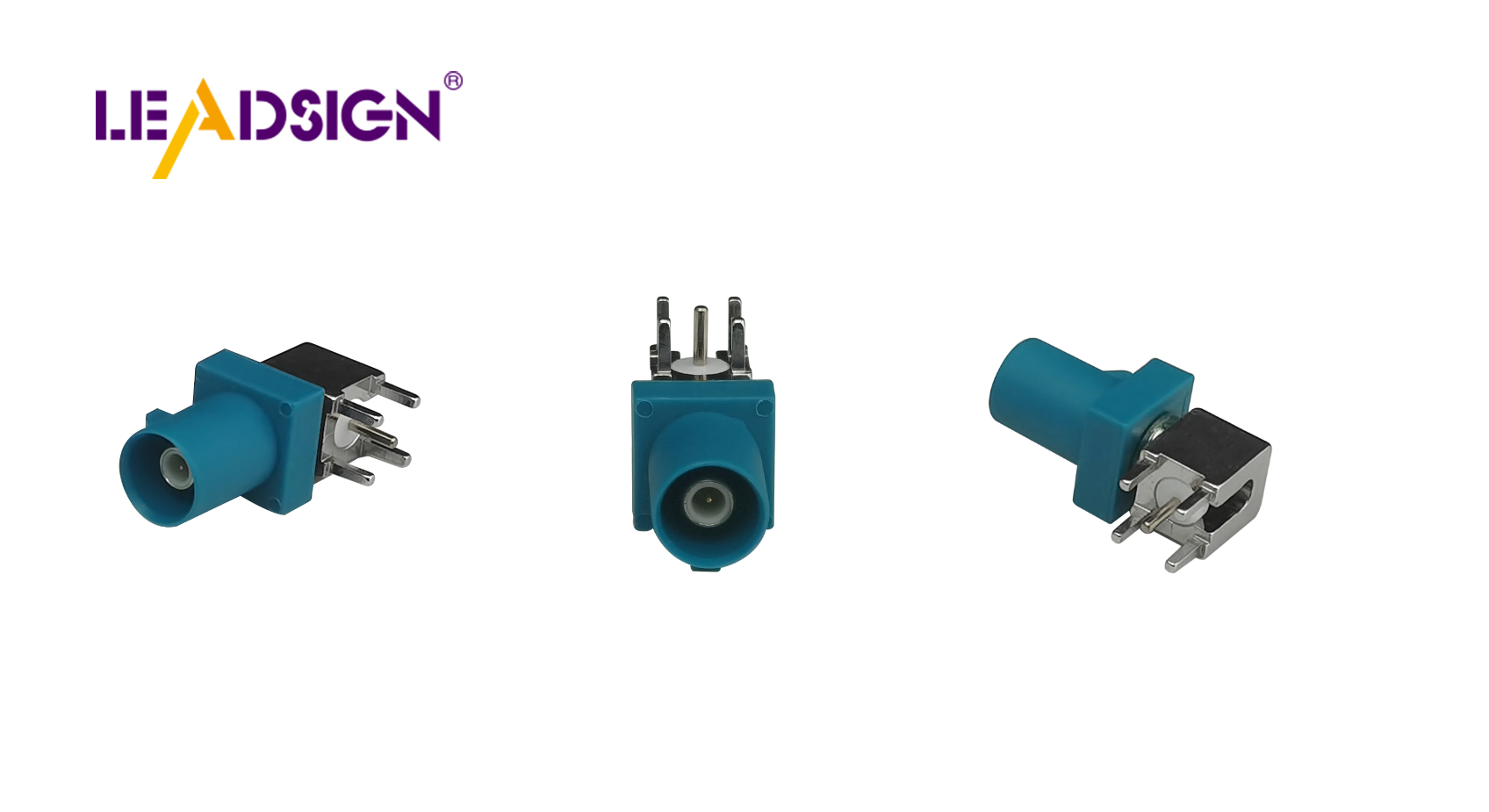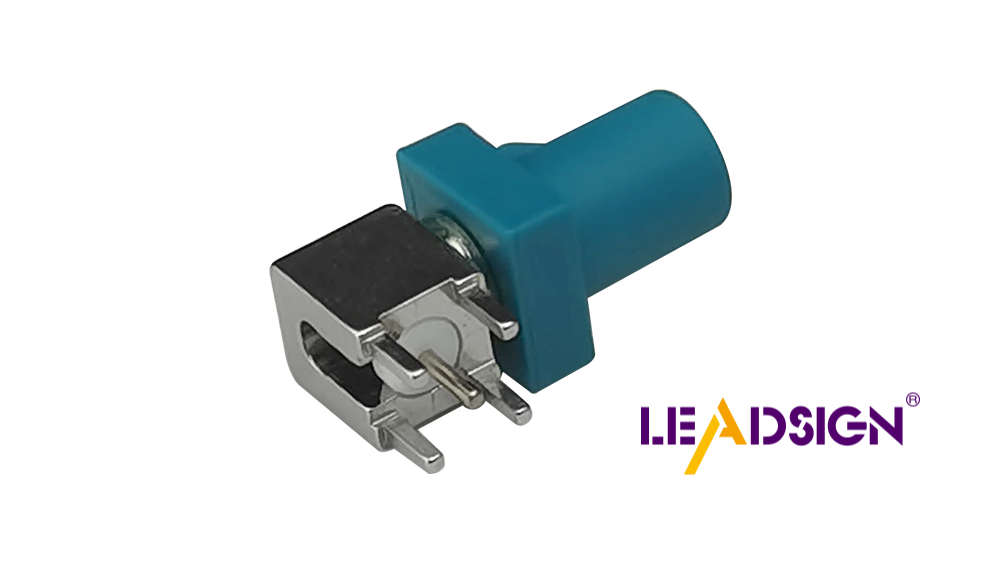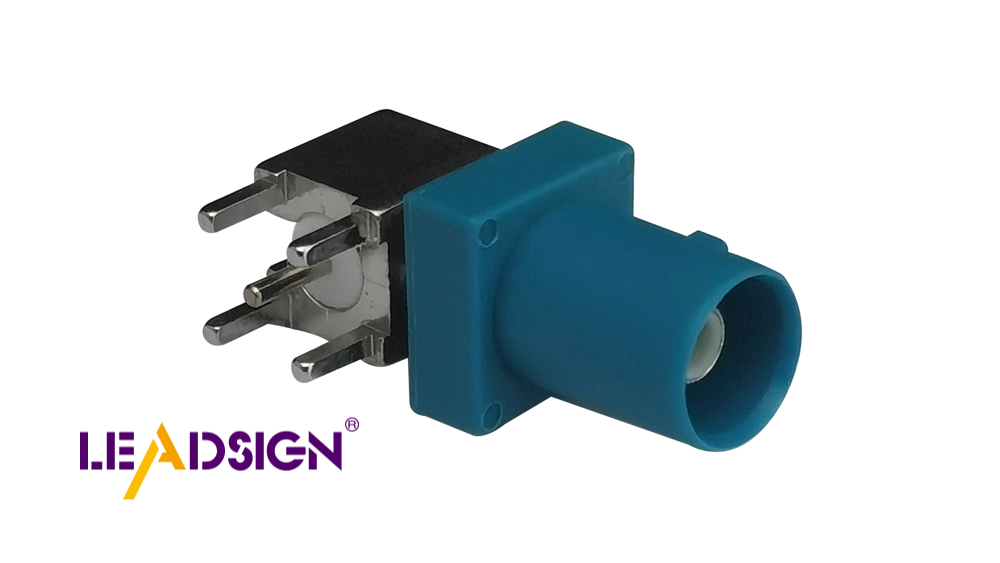Automotive Wire Connectors Types for Every Need

Automotive wire connectors play a crucial role in vehicle electrical systems. They ensure reliable connections, supporting everything from basic lighting to advanced infotainment systems. Various automotive wire connectors types exist to meet different needs, each designed for specific applications. Choosing the right connector enhances performance and safety, making it essential for vehicle longevity. Understanding these connectors helps in selecting the best option for any automotive project.
Understanding Automotive Wire Connectors
Basic Concepts
Definition and Function
Automotive wire connectors serve as essential components in vehicle electrical systems. They join wires securely, ensuring efficient power and signal transmission. These connectors prevent disconnections and short circuits, maintaining the integrity of the electrical network.
Key Components
Each connector consists of several parts:
Housing: Provides insulation and protection.
Contacts: Conduct electricity between wires.
Locking Mechanism: Ensures a secure fit.
These components work together to create a reliable connection.
Importance in Automotive Systems
Role in Safety and Performance
Wire connectors play a vital role in vehicle safety. They ensure that critical systems like airbags and brakes function correctly. Reliable connections also enhance performance by reducing electrical resistance and preventing power loss.
Impact on Vehicle Longevity
Quality connectors contribute to vehicle longevity. They resist corrosion and wear, reducing maintenance needs. By maintaining stable connections, they help prevent electrical failures, extending the life of the vehicle's systems.
Historical Context and Evolution
Early Developments
Initial Designs and Uses
Automotive wire connectors began as simple devices. Engineers used basic designs to connect wires in early vehicles. These connectors provided essential links for lighting and ignition systems. They focused on functionality, ensuring that electrical connections remained stable.
Technological Advancements
Over time, technology improved these connectors. Innovations led to more durable materials and better designs. Engineers introduced features like locking mechanisms to prevent disconnections. These advancements enhanced reliability and safety in automotive systems.
Modern Innovations
Current Trends
Today, automotive wire connectors incorporate cutting-edge technology. Manufacturers use materials that resist heat and corrosion. Connectors now support high-speed data transmission for modern infotainment systems. Weatherproof designs protect connections in harsh environments.
Future Prospects
The future of automotive wire connectors looks promising. As vehicles become more advanced, connectors will evolve to meet new demands. Expect innovations in smart connectors that monitor performance and predict failures. These developments will continue to enhance vehicle safety and efficiency.
Automotive Wire Connectors Types

Automotive wire connectors types vary widely, each designed to meet specific needs in vehicle electrical systems. Understanding these types helps in selecting the right connector for any application. automotive wire connectors types
Common Automotive Wire Connectors Types
Butt Connectors
Butt connectors join two wires end-to-end. They provide a secure and insulated connection. Technicians often use them in automotive repairs and installations. These connectors ensure a reliable link by crimping the wires into the connector. They come in various sizes to accommodate different wire gauges.
Ring Connectors
Ring connectors feature a circular end that fits over a bolt or stud. They create a strong and stable connection. Mechanics use them in grounding applications and battery connections. The ring shape allows for easy attachment and removal. They also offer excellent conductivity and durability.
Specialized Automotive Wire Connectors Types
Weatherproof Connectors
Weatherproof connectors protect against moisture and environmental factors. They are essential for outdoor and exposed applications. These connectors feature seals and gaskets to prevent water ingress. They ensure long-lasting connections in harsh conditions. Engineers use them in areas like engine compartments and exterior lighting.
High-Temperature Connectors
High-temperature connectors withstand extreme heat. They are crucial in areas with high thermal exposure. These connectors use materials that resist melting and degradation. They maintain performance in hot environments, such as near engines and exhaust systems. Their design ensures safety and reliability under thermal stress.
Practical Aspects and Installation Techniques

Choosing the Right Connector
Selecting the appropriate automotive wire connector is crucial for ensuring optimal performance and safety. Several factors influence this decision.
Factors to Consider
Wire Gauge Compatibility: Ensure the connector matches the wire gauge. Mismatched sizes can lead to poor connections and potential failures.
Environmental Conditions: Consider the environment where the connector will operate. For instance, choose weatherproof connectors for outdoor applications to prevent moisture damage.
Current and Voltage Requirements: Assess the electrical load the connector will handle. Select connectors that can safely manage the current and voltage levels.
Material Durability: Opt for connectors made from materials that resist corrosion and wear. This choice enhances longevity and reliability.
Ease of Installation: Evaluate how easy it is to install the connector. Some designs offer quick installation features, saving time and effort.
Application-Specific Recommendations
Engine Compartment: Use high-temperature connectors to withstand heat.
Exterior Lighting: Choose weatherproof connectors for protection against the elements.
Infotainment Systems: Select connectors that support high-speed data transmission for seamless performance.
Installation Best Practices
Proper installation ensures the longevity and reliability of automotive wire connectors. Following best practices minimizes the risk of connection failures.
Tools and Equipment
Wire Strippers: Essential for removing insulation without damaging the wire.
Crimping Tools: Ensure a secure connection by compressing the connector onto the wire.
Heat Shrink Tubing: Provides additional insulation and protection against environmental factors.
Multimeter: Useful for testing connections and ensuring proper electrical flow.
Step-by-Step Guide
Prepare the Wires: Strip the insulation from the wire ends using wire strippers. Ensure the exposed wire length matches the connector's specifications.
Select the Connector: Choose the appropriate connector based on the wire gauge and application requirements.
Attach the Connector: Insert the stripped wire into the connector. Use a crimping tool to secure the connection. Ensure the crimp is tight and the wire does not slip out.
Insulate the Connection: Slide heat shrink tubing over the connection. Use a heat gun to shrink the tubing, providing a protective seal.
Test the Connection: Use a multimeter to verify the connection's integrity. Check for continuity and ensure there are no short circuits.
By following these guidelines, technicians can ensure reliable and durable connections in automotive electrical systems. Proper selection and installation of wire connectors contribute significantly to vehicle safety and performance.
Q&A: Common Issues and Solutions
Frequently Asked Questions
Troubleshooting Connection Problems
Automotive wire connectors sometimes face issues that disrupt electrical systems. Identifying and resolving these problems ensures optimal performance.
Loose Connections: Loose connections often cause intermittent electrical failures. Technicians should inspect connectors for secure attachment. Re-crimping or replacing the connector may resolve the issue.
Corrosion: Corrosion affects connectors exposed to moisture. It leads to poor conductivity. Cleaning the connectors with a suitable contact cleaner can restore functionality. Applying dielectric grease helps prevent future corrosion.
Overheating: Overheating results from excessive current flow or poor connections. Inspect connectors for signs of melting or discoloration. Ensure the connector matches the wire gauge and current requirements. Replacing damaged connectors prevents further issues.
Broken Wires: Broken wires within connectors disrupt electrical flow. Technicians should check for visible damage. Replacing the wire or connector restores the connection.
Signal Interference: Signal interference affects data transmission in modern vehicles. Shielded connectors reduce interference. Ensuring proper grounding also minimizes this issue.
Maintenance Tips
Regular maintenance of automotive wire connectors extends their lifespan and enhances reliability.
Routine Inspections: Conduct regular inspections of connectors. Look for signs of wear, corrosion, or damage. Early detection prevents major issues.
Cleaning: Clean connectors periodically to remove dirt and debris. Use a contact cleaner for effective results. Avoid using abrasive materials that may damage the connectors.
Proper Storage: Store spare connectors in a dry, cool place. Protect them from moisture and extreme temperatures. Proper storage maintains their condition.
Use of Protective Measures: Apply dielectric grease to connectors in harsh environments. This practice prevents moisture ingress and corrosion.
Replacement of Damaged Connectors: Replace damaged or worn connectors promptly. Delaying replacement risks further damage to the electrical system.
By addressing common issues and following maintenance tips, technicians ensure the longevity and efficiency of automotive wire connectors. Regular care and attention to detail contribute significantly to vehicle safety and performance.
Selecting the right automotive wire connectors is crucial for vehicle safety and performance. Proper connectors ensure reliable electrical connections, enhancing system longevity. Applying best practices in installation and maintenance further boosts reliability. Technicians should prioritize correct connector selection and follow recommended procedures. The future of automotive wire connectors looks promising. Innovations will continue to improve efficiency and safety. As vehicles evolve, connectors will adapt to meet new demands. Staying informed about advancements ensures optimal performance in automotive electrical systems.
See Also
Significance of HSD Connectors in Automotive Sector
Essential Role of Fakra Connectors in Auto Sector
Fundamentals of HSD Connectors in Auto Sector

